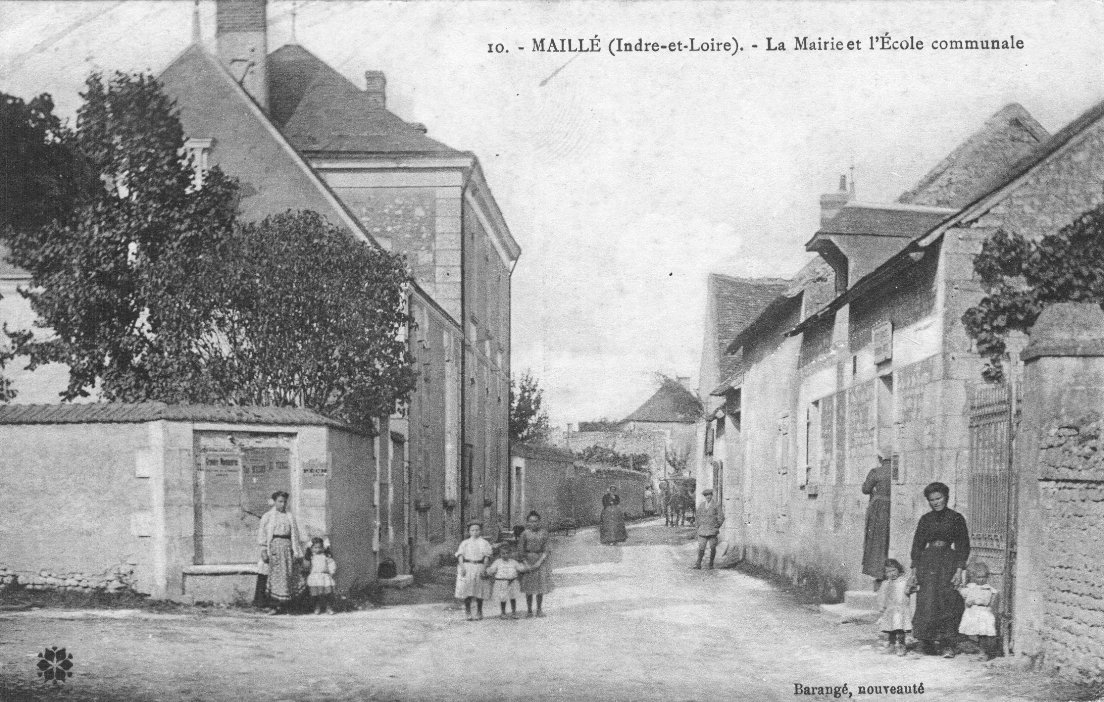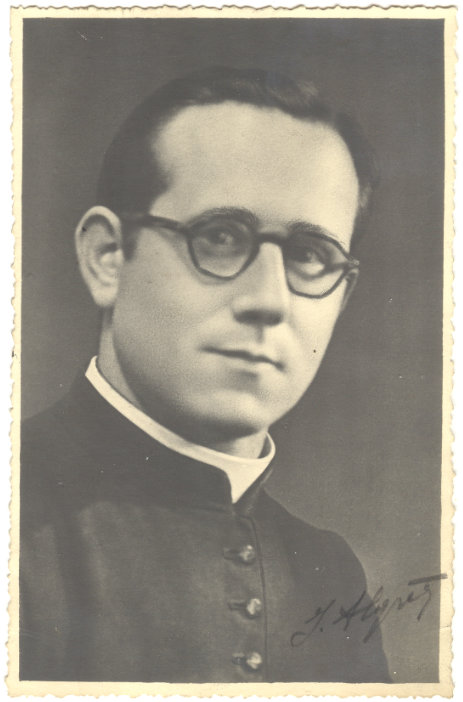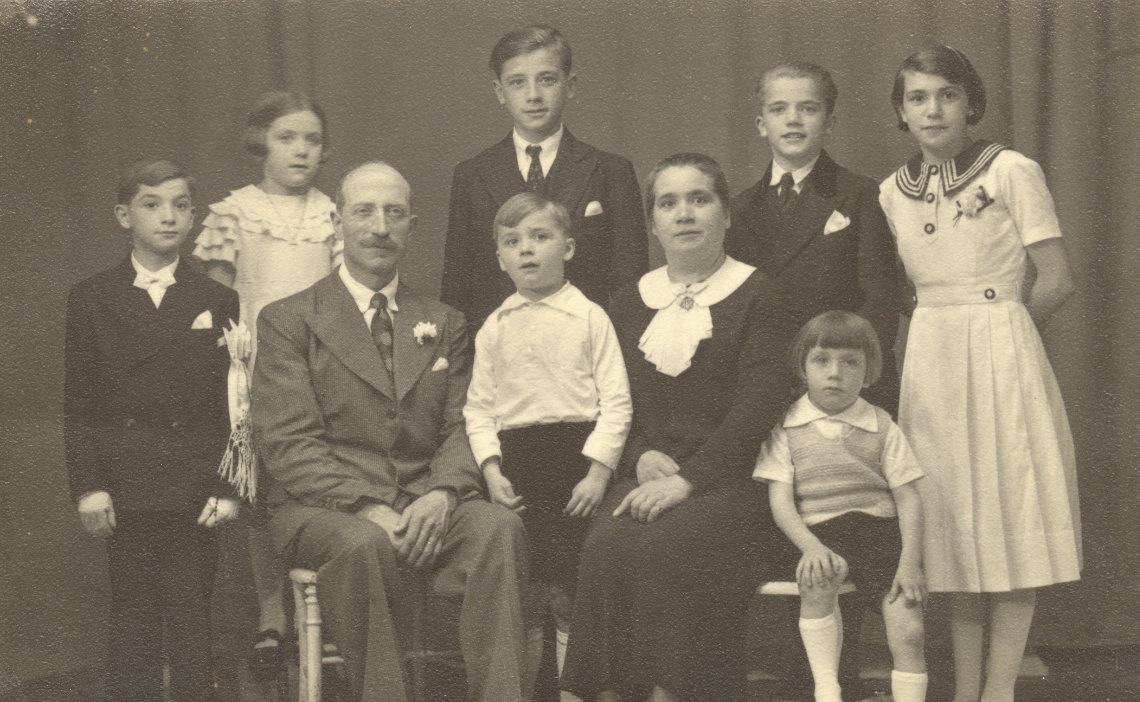
A small village in Touraine
Nestling in the south of the Indre-et-Loire département, in central France, near the no. 10 highway and crossed by the Paris-Bordeaux railway line, the village of Maillé was home to just over 500 inhabitants at the start of World War II.
The village during the Occupation
In 1940, the Germans’ arrival sent shockwaves through this peaceful rural village which had a few cafés and grocery stores, a wheelwright, clog-maker and blacksmith at the time. Several dozen soldiers were stationed at Maillé, which was located in the occupied zone. Initially accommodated by the locals, the occupying troops would soon move to the Nouâtre military camp which the French Army had set up in the neighboring municipality in 1918.

The Péan network
For the most part, the local community and the occupying forces rubbed along without too many problems, but that did not stop a major resistance network, the Péan network, from developing in the region. This was led by Henri Péan, the village vicar. But in early 1944 he was arrested after his cover was blown. His network was subsequently dismantled and most of its members were deported.
Summer of 1944 and the events leading up to the massacre
In the summer of 1944, resistance efforts picked up. In the space of just a few days over August, several instances of sabotage were carried out on the railway line, an Allied aviator was hidden by the community and a shoot-out between the resistance fighters and two vehicles left at least one of the Germans wounded.
The massacre
In the morning of August 25, 1944, soldiers from the Wehrmacht surrounded the village and drove back anyone who tried to leave or enter the village. At the same time, a group of Waffen SS entered Maillé. There, they went from house to house, killing men, women, children and babies and setting everything on fire. Even the animals were slain, without exception. The soldiers went from street to street, shooting anyone they saw.
At the end of the morning, the soldiers left Maillé. Only a few officers remained on sentry duty, blocking access to the village. A piece of artillery, which the Germans had set up earlier that day on a hill overlooking the village, then began to fire with deathly precision at the village. This gunfire lasted an hour and a half and finished off Maillé’s destruction.

The toll of the massacre

The emergency services did not have permission to enter the village until the following morning. They evacuated the casualties to the nearest hospitals, put out the fires and gathered the victims’ bodies together in a shed in the village center. They counted 122 victims.
Over the days that followed, the discovery of a new body and the death of a woman who was seriously wounded on August 25 would bring the total number of victims to 124 – ranking Maillé a tragic second in the worst massacre of a civilian population committed by the Germans on French soil during World War II.
